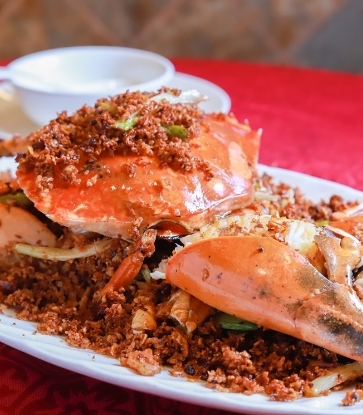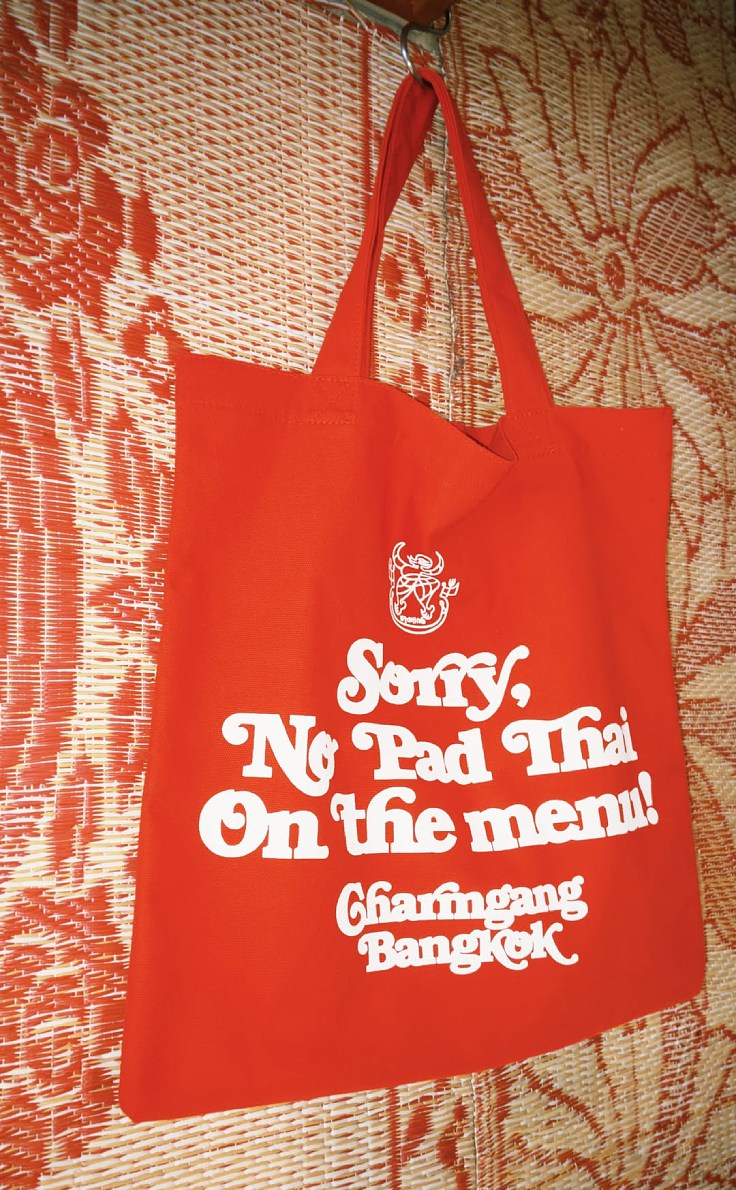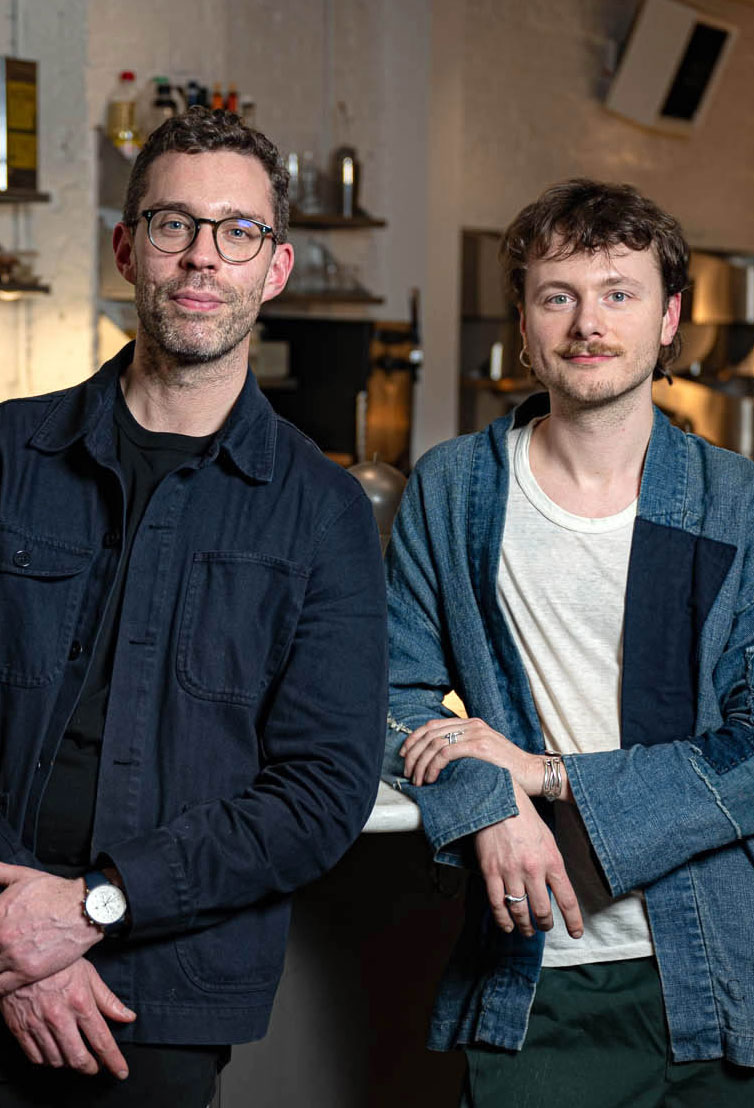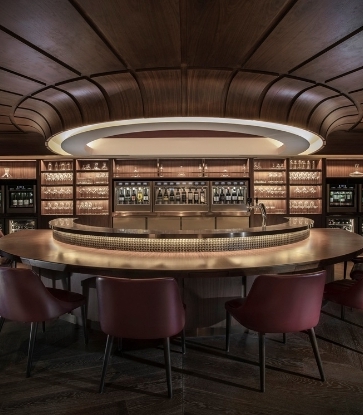But things get complicated from there. Sweet wines are made from white-wine grapes stricken with botrytis. If conditions are right, this desirable fungus (fittingly called noble rot) takes hold in vineyards at the tail end of harvest time. This saps grapes of half their water content, causing the fruit to shrivel and concentrates its sugars.
Certain weather conditions such as morning humidity and warm sunny afternoons also act as a rot-control system, creating an environment in which yeasts can only survive so long and residual sugar builds up. Botrytised wines are made most famously in places like Hungary’s Tokaj area — the technique was pioneered here in the 17th century —and France’s Sauternes, in the Bordeaux region. These wines offer a pleasantly musky earthiness that lends a particularly savoury flavour.

Also not to be overlooked: botrytised wines of increasing levels of residual-sugar, from demi-sec to the rarer bottle-aged moelleux, all made of Chenin Blanc grapes from Vouvray in the Loire River valley in northwest France. Vouvray wines are known for their bracingly-high levels of acidity—a powerful counterbalance to sweetness. They also boast honey-like and lemony aromas that are most accurately described as funky. From cream sauces to sausages to artichokes, most foods pair well with Vouvray wines.

There’s yet another way to stop yeast from gobbling up sugar: During fermentation, add a little spirit — any liquid with an alcohol percentage of 16 and above — and all sugar-alcohol conversion will come to a halt. In France, these wines are known as vin doux naturels (natural sweet wines) and are commonly enjoyed in the country. Best enjoyed with hearty fare such as caramelised mac and cheese with barbecue-style pulled pork.



















